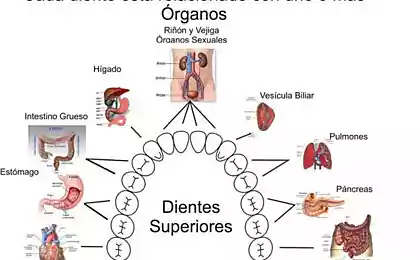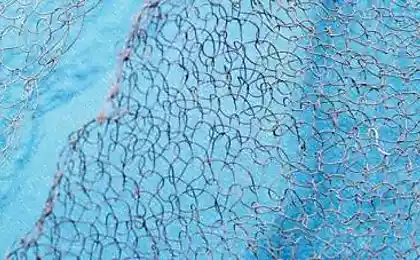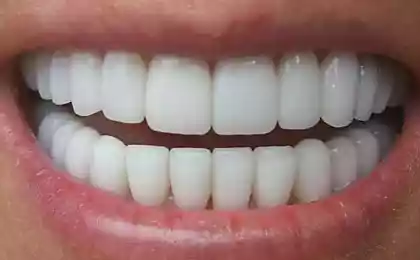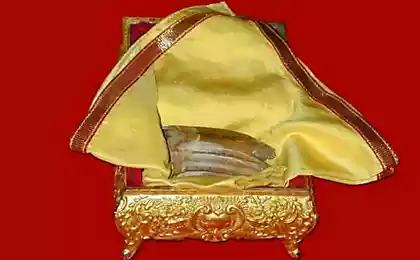127
New material for dental implants kills 99% of harmful bacteria
Researchers at the University of Groningen in the Netherlands have developed a process for creating dental implants on a 3D printer, with the new technology potentially becoming a new word in dentistry. In addition to the implants themselves, this method allows you to create a new type of brackets. The material used for such work kills about 99% of bacteria, so one such implant or staples can be a key factor in ensuring the health of the entire oral cavity.

The main thing here is a material, a new plastic mass, the production of which uses quaternary ammonium salts, which are included in the material of the implant. Since such compounds carry a positive charge, they destroy the membranes of bacteria that are negatively charged, which leads to the death of microorganisms. The material of the implant after its manufacture is exposed to ultraviolet radiation, which leads to hardening of the implant.
The authors of the new technology claim that this type of implant kills about 99% of bacteria, without negative impact on the human body. Scientists conducted several experiments with human saliva infected with streptococcus mutans (leading to the destruction of tooth material), and found that the new material destroys this bacterium.
Despite the fact that the experiments showed a very encouraging result, scientists say that all this is only a prototype. Further tests are needed to ensure that the material is indeed what it appears to be and can be used in medicine. Now the authors of the development plan to explore the possibility of using their compound in toothpaste.
In addition, the technology should be used in prosthetic bones (for example, kneecaps). Perhaps such a polymer can work as a sterilizer of children's goods, when added to the packaging material.
3D printing is changing and becoming more advanced. Earlier this year, for example, a new printing method called Carbon3D was unveiled, enabling the creation of complex objects in minutes. published
P.S. And remember, just by changing our consumption, we change the world together! © Join us on Facebook , VKontakte, Odnoklassniki
Source: geektimes.ru/post/264618/

The main thing here is a material, a new plastic mass, the production of which uses quaternary ammonium salts, which are included in the material of the implant. Since such compounds carry a positive charge, they destroy the membranes of bacteria that are negatively charged, which leads to the death of microorganisms. The material of the implant after its manufacture is exposed to ultraviolet radiation, which leads to hardening of the implant.
The authors of the new technology claim that this type of implant kills about 99% of bacteria, without negative impact on the human body. Scientists conducted several experiments with human saliva infected with streptococcus mutans (leading to the destruction of tooth material), and found that the new material destroys this bacterium.
Despite the fact that the experiments showed a very encouraging result, scientists say that all this is only a prototype. Further tests are needed to ensure that the material is indeed what it appears to be and can be used in medicine. Now the authors of the development plan to explore the possibility of using their compound in toothpaste.
In addition, the technology should be used in prosthetic bones (for example, kneecaps). Perhaps such a polymer can work as a sterilizer of children's goods, when added to the packaging material.
3D printing is changing and becoming more advanced. Earlier this year, for example, a new printing method called Carbon3D was unveiled, enabling the creation of complex objects in minutes. published
P.S. And remember, just by changing our consumption, we change the world together! © Join us on Facebook , VKontakte, Odnoklassniki
Source: geektimes.ru/post/264618/























